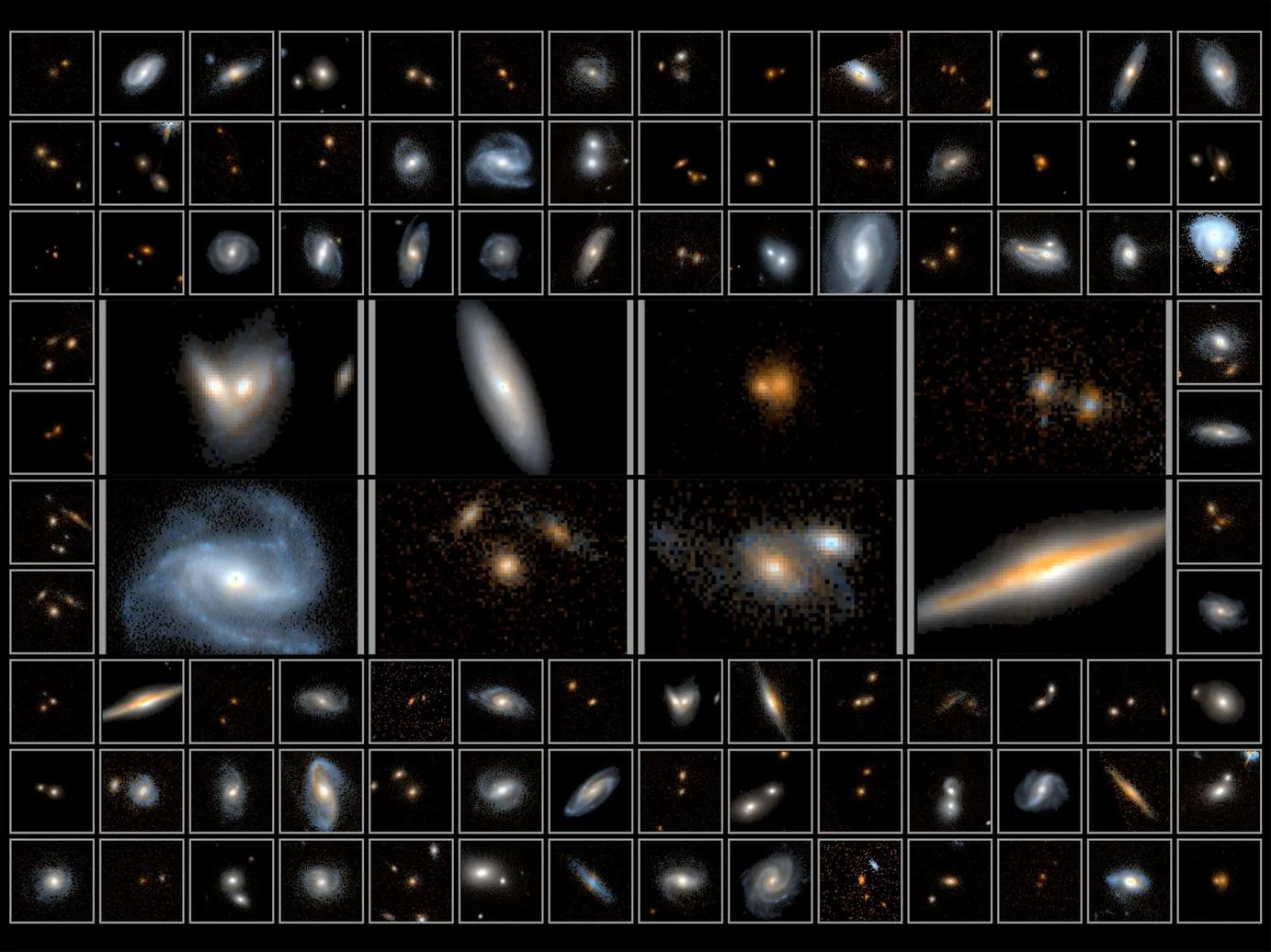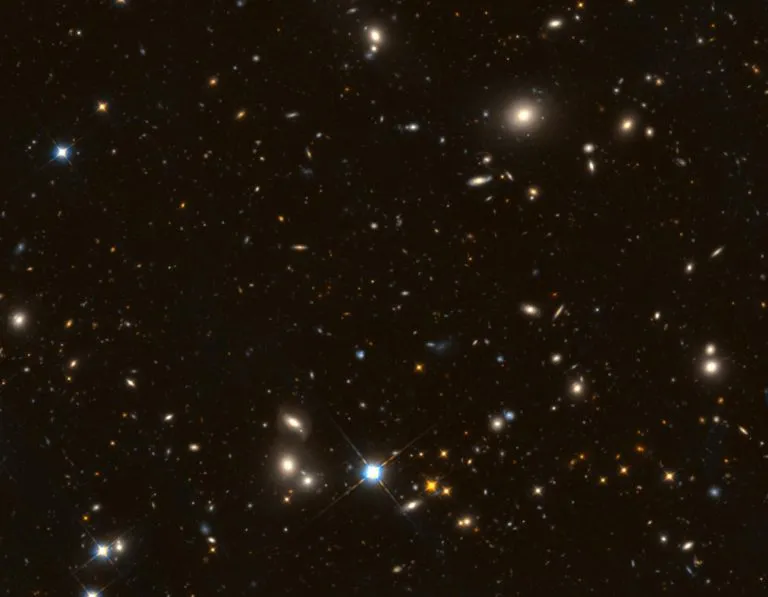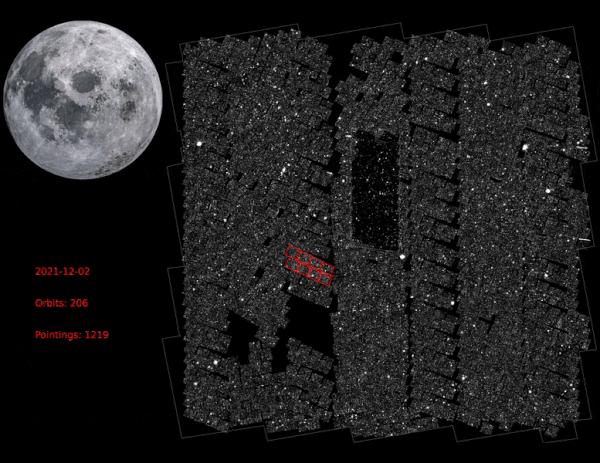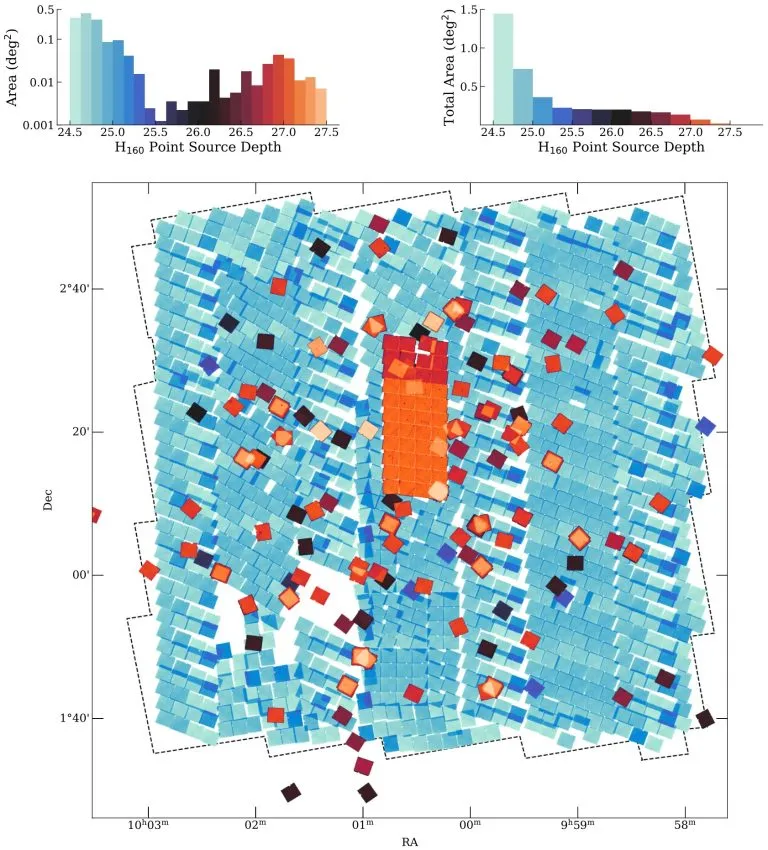An international team of scientists recently released the largest near-infrared image ever taken by NASA's Hubble Space Telescope, enabling astronomers to map the star forming regions of the universe and understand how the earliest and most distant galaxies originated The high-resolution survey, called 3d-dash, will enable researchers to find rare objects and targets for follow-up observations during the recent decades mission of the James Webb Space Telescope (JWST).

The study will be published in the Astrophysical Journal 》Up.
"Since its launch more than 30 years ago, the Hubble Space Telescope has led to a revival of research on how galaxies have changed in the last 10billion years of the universe," said lamiya mowla, a Dunlap researcher at the Dunlap Institute of astronomy and Astrophysics at the University of Toronto School of Arts and Sciences and the lead author of the study.
"The d-dash project extends Hubble's legacy in wide area imaging, so we can begin to unravel the mysteries beyond our own galaxy."

3d-dash provides researchers with a complete near-infrared survey of the entire cosmic field for the first time, which is one of the most abundant extragalactic research data fields outside the Milky way. As the longest and reddest wavelength observed by Hubble -- just beyond the visible range of human eyes -- near infrared means that astronomers can better see the farthest and earliest galaxies.
Astronomers also need to search vast areas of the sky for rare objects in the universe. Until now, such a large image can only be obtained from the ground, and there is a problem of low resolution, which limits what can be observed. 3d-dash will help identify unique phenomena, such as the most massive galaxies in the universe, highly active black holes, and galaxies on the edge of collision and merging.

"I am curious about monster galaxies. They are the most massive galaxies in the universe. They are formed by the merger of other galaxies. How do their structures grow and what drives their morphological changes?" Mowla said that she started the project in 2015 as a graduate student at Yale University. "It is difficult to study these extremely rare events using existing images, which is why we designed this large-scale investigation."
In order to image such a vast sky, researchers used a new Hubble technology, namely dash (drift and shift). The image created by dash is eight times larger than Hubble's standard field of view. It captures multiple shots and then splices them into a main mosaic, similar to taking panoramic photos with a smart phone.
Dash also took images faster than typical technology. It took eight photos instead of one in each orbit of Hubble, achieving the previous goal of 2000 hours in 250 hours.

"3d-dash has added a new unique observation layer in the cosmos field and is also a stepping stone to space investigation in the next decade," said ivelina momcheva, director of data science at the Max Planck Institute of astronomy and the main researcher of the study. "It provides us with an opportunity to peek into future scientific discoveries and enable us to develop new technologies to analyze these large data sets."

The total area covered by 3d-dash is almost six times that of the moon in the sky seen on earth. This record may have been broken by Hubble's successor, JWST, which was built for sensitive close-up images to capture a small range of fine details. This is the largest near-infrared image of the sky available to astronomers until the next generation of telescopes, such as the Nancy grace Roman space telescope and Euclid, are launched in the next decade.
Prior to this, both professional astronomers and amateur stargazers could use the [interactive online version] of the 3d-dash image created by Gabriel Brammer, a faculty member of the cosmic dawn center at the Niels Bohr Institute of the University of Copenhagen( https://www.lamiyamowla.com/3d-dash/explorer ) To explore the sky.